
OR
Numerous stolen artifacts await return to Nepal as repatriation of stolen statues progresses
Published On: December 13, 2023 07:35 AM NPT By: Sajira Shrestha
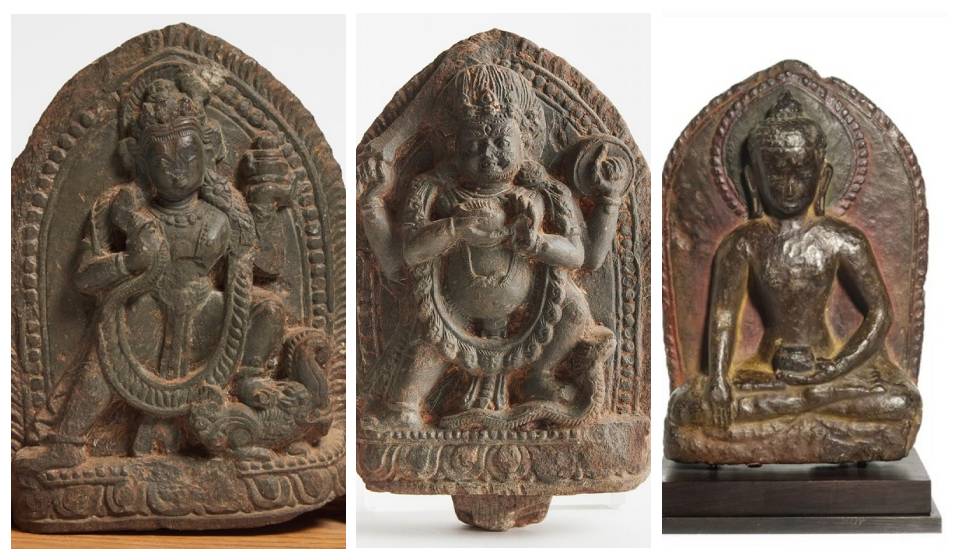
KATHMANDU, Dec 13: In the first week of December, the U.S. government helped repatriate four ancient statues stolen from Nepal and smuggled to the US by traffickers. The statues, including two Bhairabh masks and stone idols of Shiva Parvati (Uma Maheshwar) and Durga dating back to the 16th and 17th centuries, were officially handed over to the Government of Nepal on December 5.
The transfer took place during a special ceremony at the District Attorney's office in New York, organized through the Nepali Consul General. During the event, New York District Attorney Alvin Bragg Jr., accompanied by senior officials from the District Attorney's Office, Homeland Security Investigations, New York, and representatives from the Department of Home Affairs, delivered the statues to Acting Consul General Bishnu Prasad Gautam.
One of the artifacts had been seized as part of an investigation into Subhash Kapoor, described by District Attorney Bragg as an "allegedly prolific looter who helped traffic items"from various Asian countries. The seizure was made in response to the request of assistance made by the Nepali Consulate General in New York for the return of these antiquities.
Several other Nepali artifacts in various times are being repatriated to Nepal with the help of conservation campaigners and the government agencies concerned from various countries including the US. In fact, the return of these statues on December 5 followed previous successful initiatives by the New York-based Nepali Consul General, resulting in the repatriation of 16 archaeological statues and objects spanning from the 10th to 17th centuries.
Recently, the DoA received two stolen artifacts returned from the Metropolitan Museum Of Art, USA. The statues were Sridhara Vishnu, stolen from Bungamati Village, Lalitpur, and Yakshi Strut, stolen from a Temple in Bhaktapur.
In May, Australia’s Art Gallery of New South Wales (AGNSW) returned a 13th-century tundal (wooden temple strut) stolen from Ratneshwar Temple, Sulima Square, Patan, fifty years after its theft. The skillfully carved 1.3m portrayal of a Salabhanjika (tree deity) holding a tree branch, standing on the head of a Yaksha dates back to the 13th/14th century. The returned strut was part of the original 16 that supported the roof of Ratneshwar Mahadev temple in Patan.
Nepal has lately seen a surge in the return of several stolen artifacts to the country, due to collaborative initiatives by both private and public entities. While some of these repatriated items have been reintegrated into the community, a significant number are still under the vigilant oversight of the government.
Campaigners say numerous Nepali artifacts that were stolen in the past are still being auctioned worldwide. There are also incidents of idols of various Gods and Goddesses being stolen from temples. In March 2023, three antique idols of Gautam Buddha were stolen from Chapagaun, Lalitpur. These archaeologically significant Buddha idols from the 8th century were originally installed near Moti Library at the Old Bus Park in Chapagaun.
The anonymously-run Facebook and Instagram page, Lost Arts of Nepal, dedicated to informing people about the whereabouts of Nepal's stolen artifacts, has exposed various Nepali artifacts that are poised to be auctioned in different parts of the world. For instance, stone sculptures of 'Standing Varuna' and 'Bhairava/Mahakala,' dating back to the 18th century, are scheduled to be sold at Waddingtons Auction in Toronto, Canada, on December 14.
Similarly, the stone sculpture of Shakyamuni Buddha, dating back to the 17th century, is set to be auctioned at Millon Auction in Paris, France, on December 20. Additionally, two donor inscriptions, dating back to the 18th century, are listed for sale at Accademia Fine Art in Monte Carlo, Monaco. The 400-year-old necklace once worn by the Taleju Bhawani goddess in Kathmandu is currently in the Art Institute of Chicago, USA.
According to Dr. Ramesh Dhungel, a prominent archaeologist and historian, there are two main reasons for stealing statues and ancient artifacts from Nepal. "The theft of these artifacts is related to trafficking. In foreign countries, people have hobbies of collecting these ancient artifacts, enabled by their economic conditions. One of the primary reasons for this is the luxury hobbies of foreigners who like to display these artifacts in their homes or properties," he said.
"However, the most significant reason is greed. People assign prices to these priceless artifacts and sell them for profit. These artifacts were crafted by our ancestors and are intertwined with our faith and beliefs. About 80 percent of these artifacts are sold purely due to the greed for money," he added.
Between the 1970s and 1990s, a considerable number of culturally important items were unlawfully taken from Nepal and transported overseas. The sacred icons representing the faith of Nepali society have been taken from their rightful place and are now being utilized as decorative and entertainment items in the museums of countries such as the US, Britain, France, Italy, Australia, China, and within the homes of affluent individuals.
A number of our deities that used to sit in the famous temples continue missing here. Although the lack of comprehensive records at the DoA operating under the Ministry of Culture, Tourism, and Civil Aviation has left the complete magnitude of these losses uncertain, recent details disclosed by the DoA indicate the accomplished repatriation of numerous pilfered artifacts.
According to the DoA, a total of 145 archaeological treasures, which had been stolen from Nepal over 38 years and dispersed across the globe, were successfully returned to Nepal so far.
Sarita Subedi, an archaeology officer at the DoA, disclosed that 14 priceless artifacts, previously smuggled to countries like the UK, Germany, Italy, China, the US, and others at different times, have been successfully repatriated to Nepal. She said that before 1950, there were no documented instances of Nepal's cultural heritage being stolen, transported, or illicitly exported to foreign nations.
"While we have identified numerous artifacts in various parts of our country, repatriating all of them is not feasible. Currently, the USA has returned the highest number of artifacts to Nepal, totaling 72. However, despite providing all the evidence and making repeated requests, France has not returned a single artifact," Subedi informed Republica.
Experts argue that the government should take a more earnest approach to repatriate all stolen artifacts and encourage it to initiate the return of these pilfered idols to their rightful place in Nepal.
Sanjay Adhikari, general secretary of the Nepal Heritage Recovery Campaign, said although the DoA is making commendable efforts to bring back the statutes of gods and goddesses to their homeland, it is ironic to observe only one investigative officer is there at the DoA.
“While the number of trafficked artifacts is huge in numbers, one investigative officer in a government body is not enough. This is because even when the officer is working hard enough, the workload surpasses their capacity,” he said.
Adhikari also lamented that the Ancient Monument Preservation Act has not been amended since its fifth amendment in 1996. Additionally, there is also the need for record-keeping of all artifacts and goods with archaeological significance. “The government has not been able to implement this particular provision as well,” he further said.
Archaeologist and historian Dr. Dhungel stressed on the need to develop robust policies and laws to repatriate stolen idols and prevent the theft of these artifacts. "While some stolen artifacts are known to us, there are also items in the possession of art collectors that we are unaware of. Therefore, the Nepal government, in collaboration with the international community, should enact laws making it illegal for organizations or individuals to retain stolen artifacts from another country," he stated. "The country where the stolen artifact was taken should bear all the financial costs associated with returning these pilfered artifacts to the home country."
You May Like This

Health ministry confirms three new COVID-19 cases, number of total cases reaches 295
KATHMANDU, May 17: Nepal reported three new cases of COVID-19 on Sunday evening, taking the national tally to 295. ... Read More...
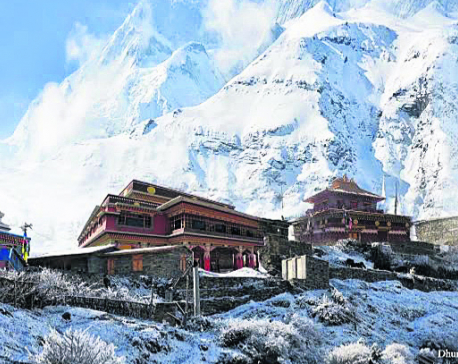
Dhurmus, Suntali to build ‘a Nepal within Nepal’
KATHMANDU, June 5: After successfully completing three settlement projects for earthquake victims and other communities, the actor couple Sitaram Kattel (Dhurmus)... Read More...
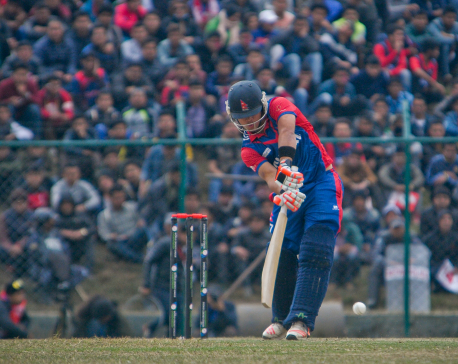
Nepal vs Kenya: Five crucial things Nepal looks for second match
KATHMANDU, March 12: Nepal is taking on Kenya on Monday in the second match of the ICC World Cricket League... Read More...



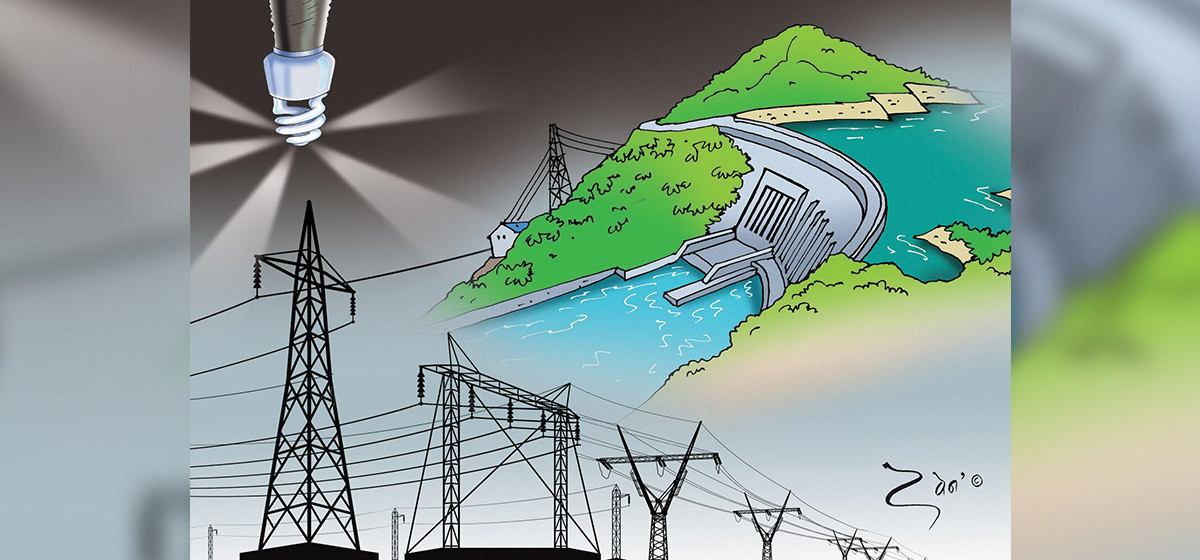
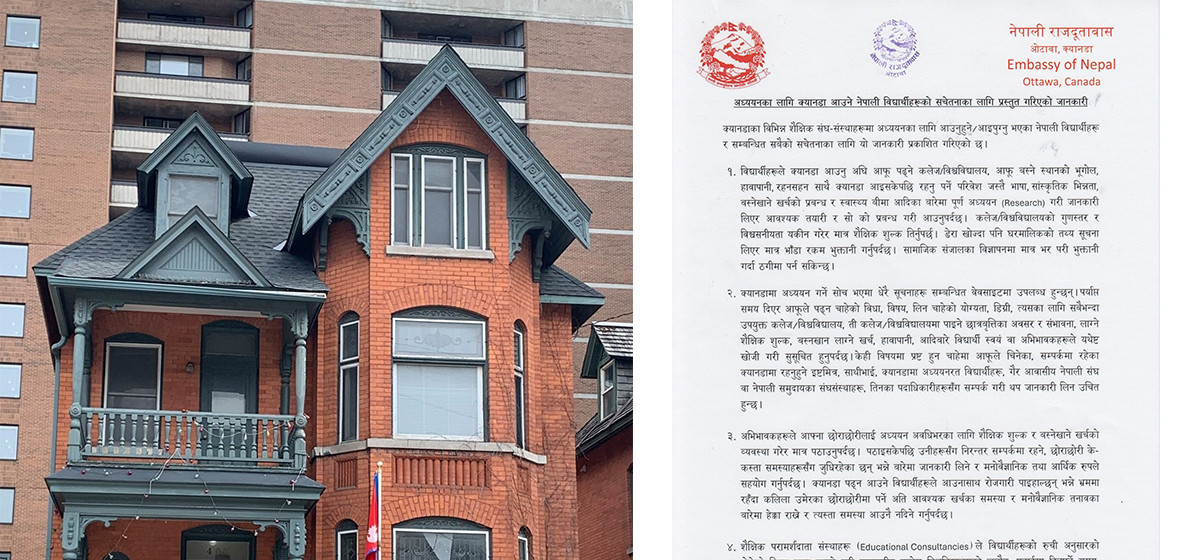
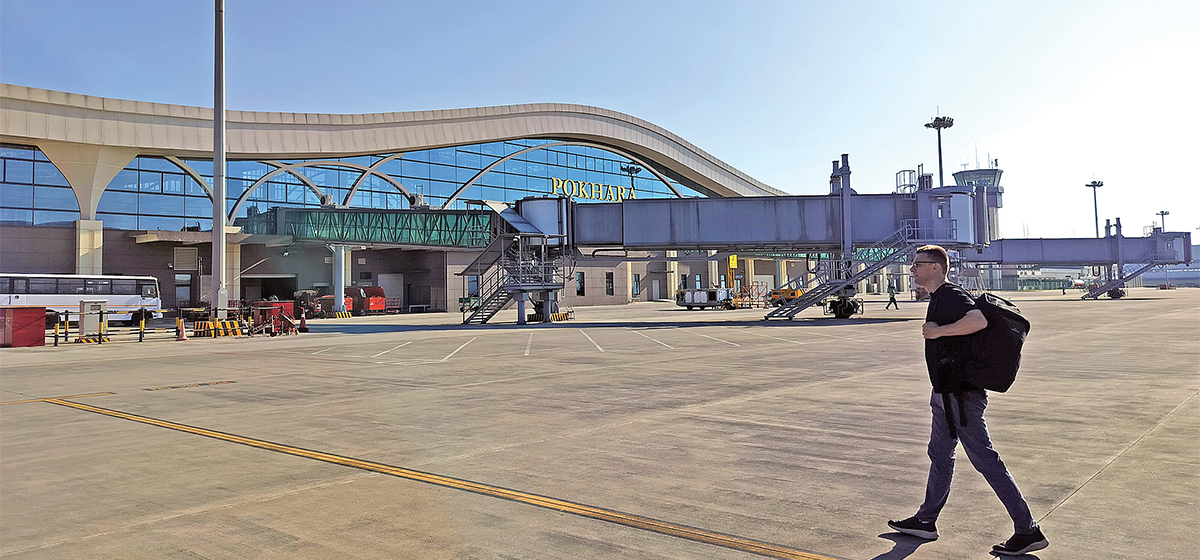

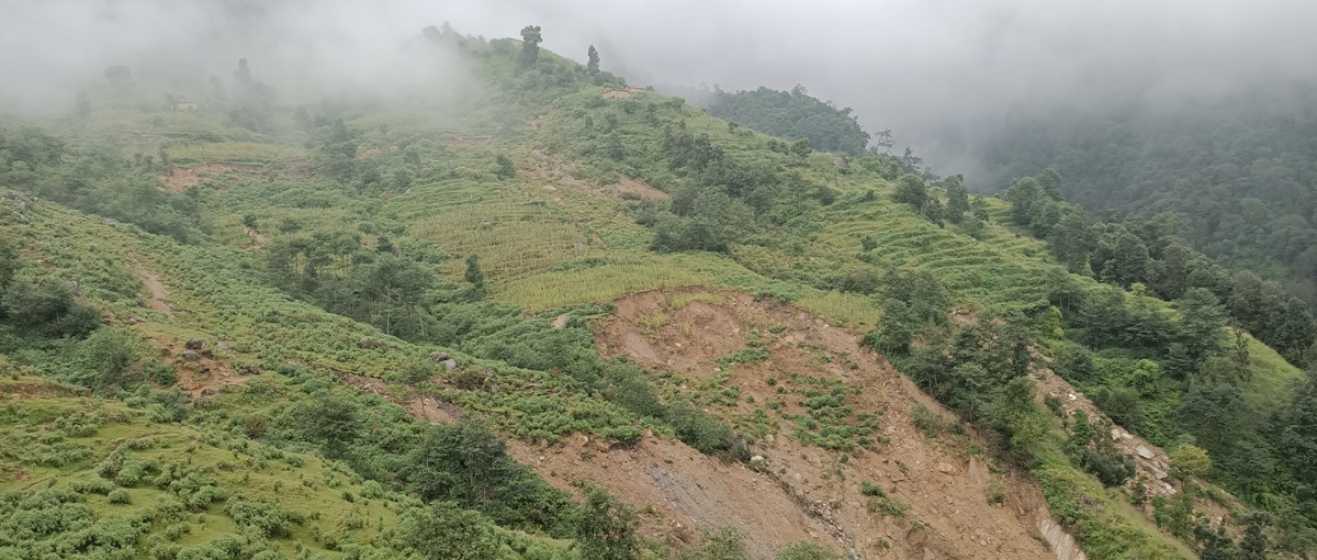

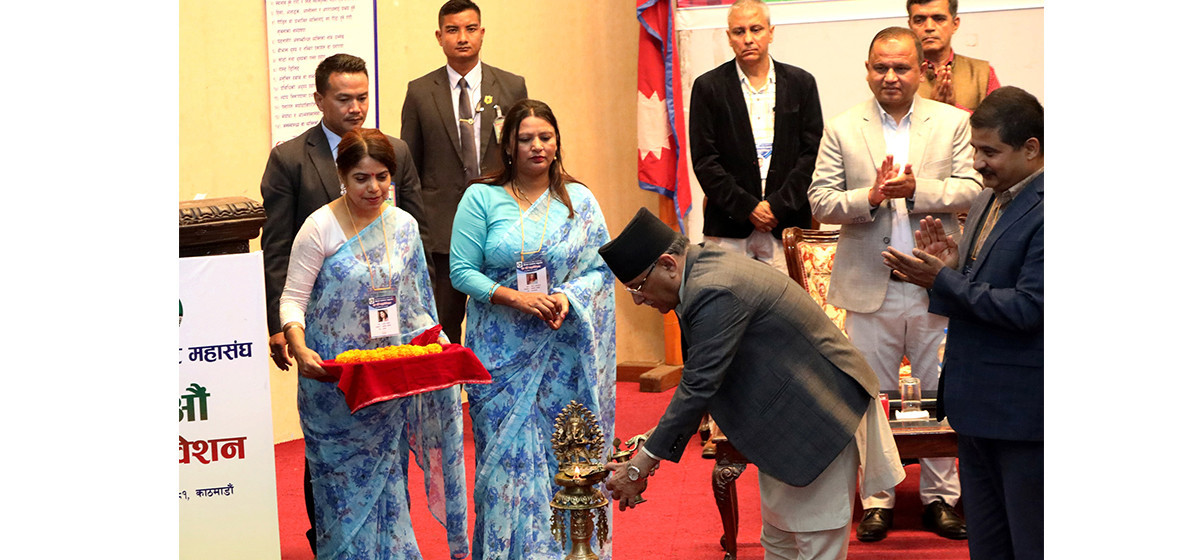
Just In
- Kathmandu's pollution at hazardous level, tops chart of world’s most polluted cities
- Nepali Embassy in Washington sends centuries-old 24 idols back to Nepal
- 2568th Buddha Jayanti Main Celebration Committee formed
- Kanti Highway closed due to rockslide
- Gold price decreases by Rs 1,100 per tola
- Two-day central convention of FNJ commences
- Democracy is the minimum precondition for free, fair journalism: Prez Paudel
- Minister Sharma: Govt is committed to protecting press freedom




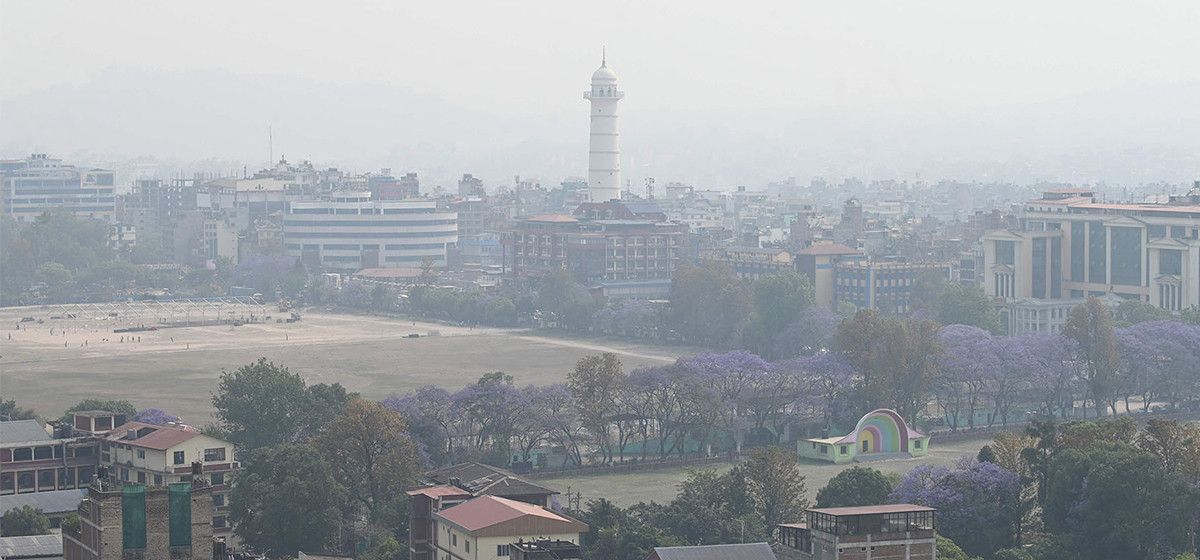
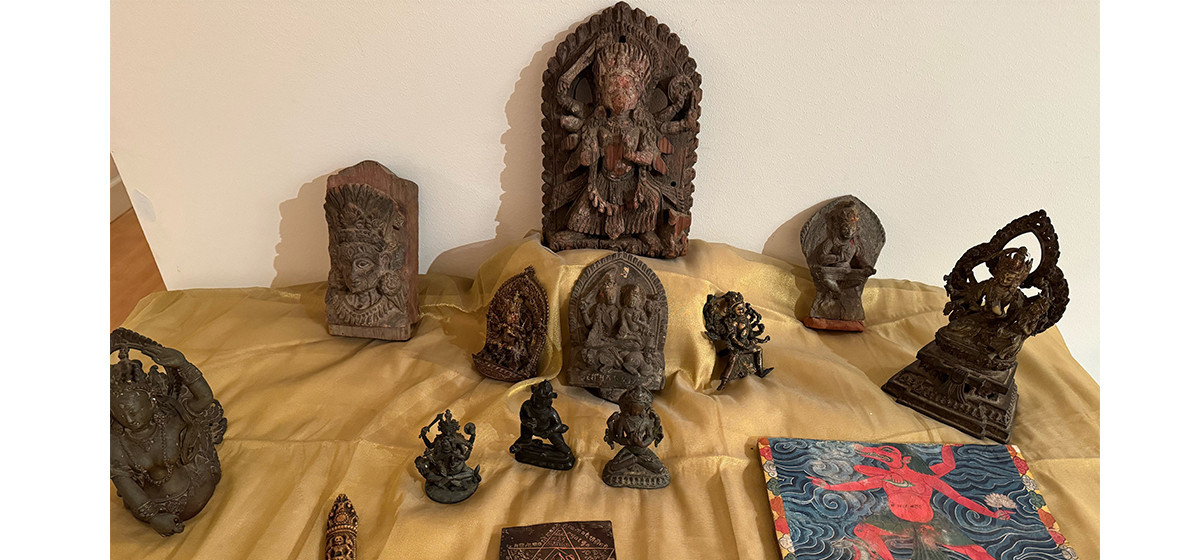
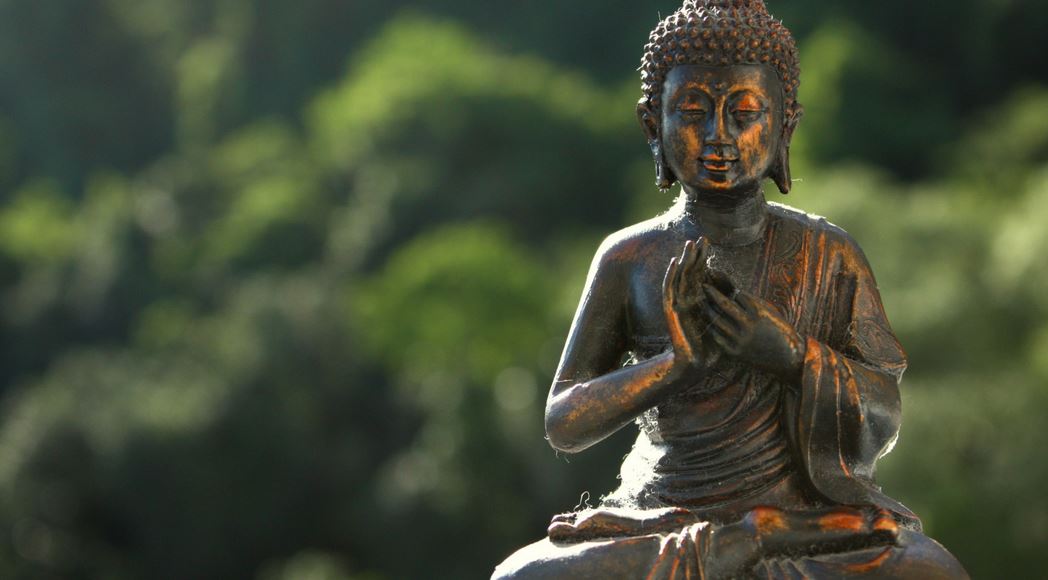
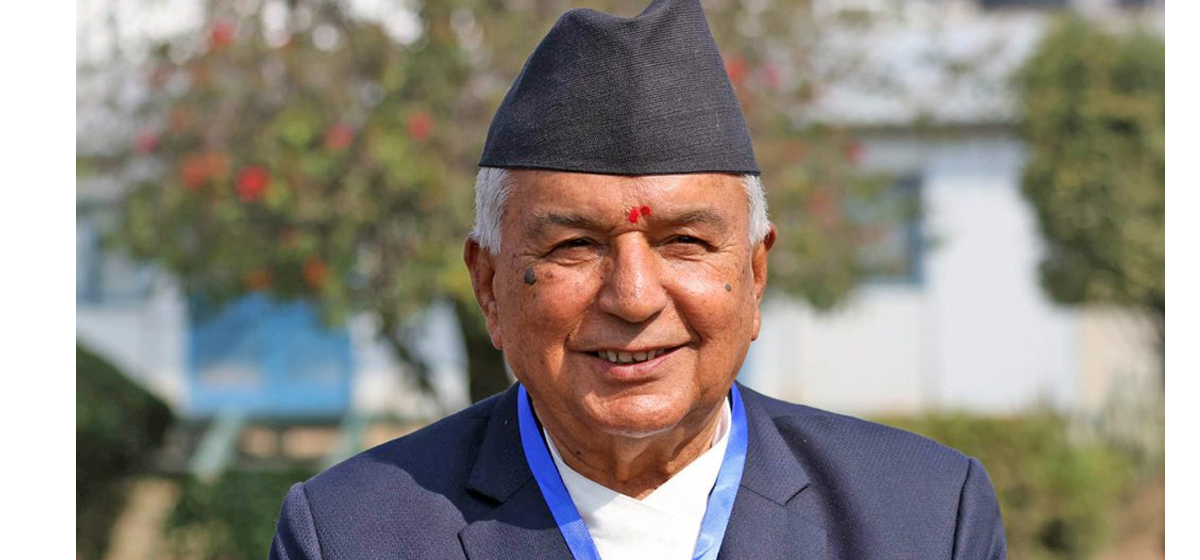
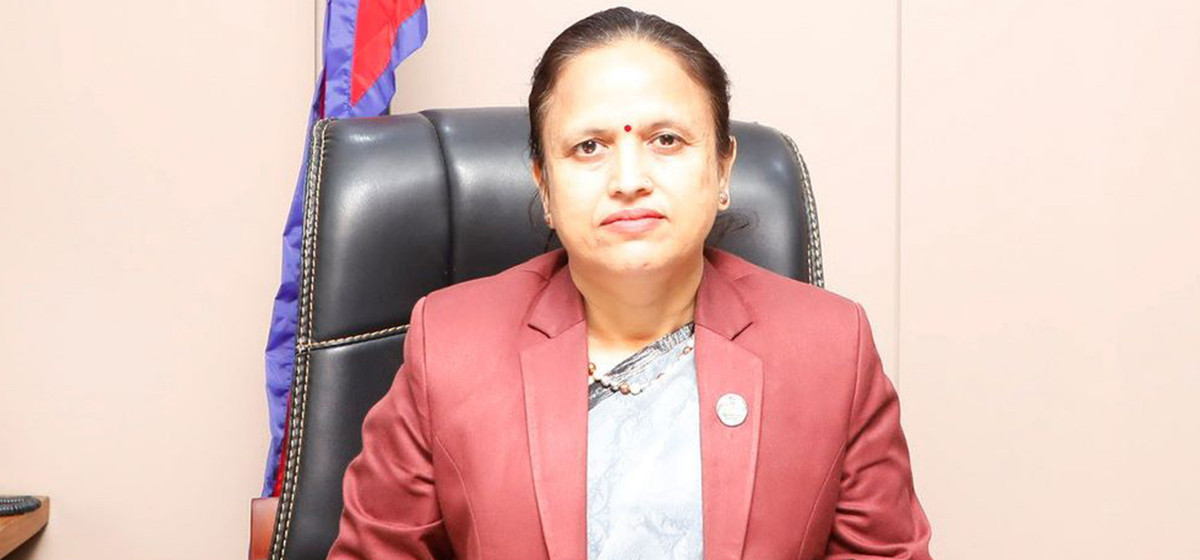
Leave A Comment